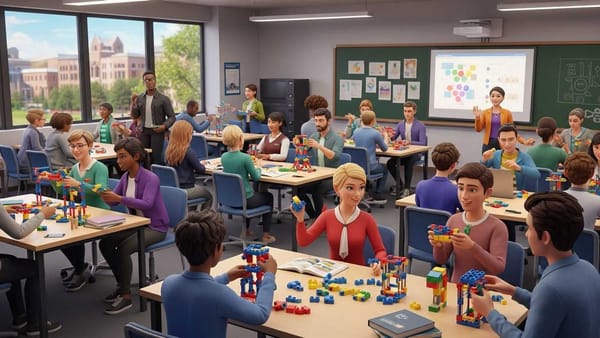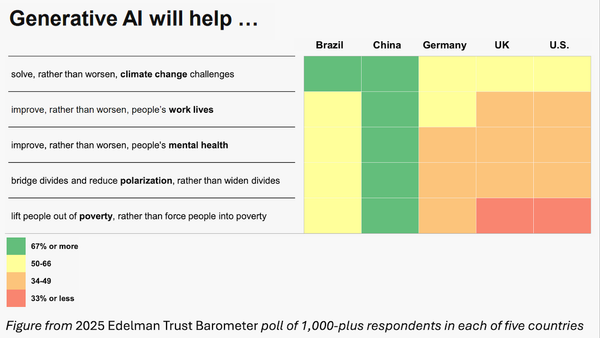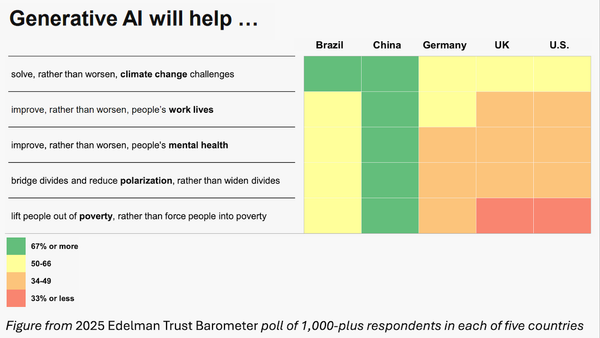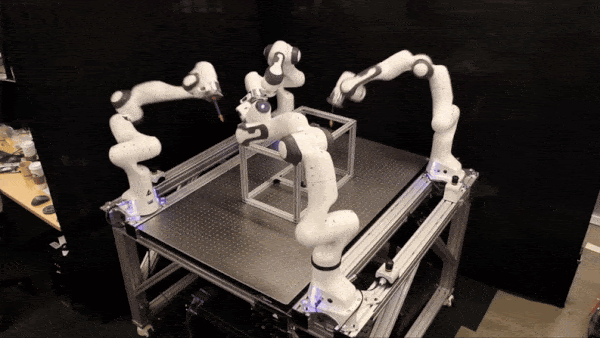Packing Robots Get a Grip: This robot arm can handle over 10,000 different objects.
Robots are moving into a job that traditionally required the human touch.What’s new: A commercial warehouse that ships electrical supplies deployed AI-driven robotic arms from Covariant, a high-profile Silicon Valley robotics firm.
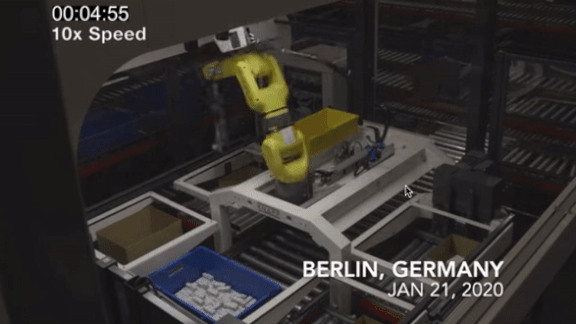
Robots are moving into a job that traditionally required the human touch.
What’s new: A commercial warehouse that ships electrical supplies deployed AI-driven robotic arms from Covariant, a high-profile Silicon Valley robotics firm. Trained using a hybrid of imitation and reinforcement learning, the new machines are far better than earlier bots at sorting items into boxes.
How it works: Robots have been picking objects off conveyor belts for years, but they generally handle only identical items. Covariant’s approach, which uses a single neural network for all objects, enables an arm equipped with a camera and suction gripper to manipulate around 10,000 different items (and counting). The system can share skills with other arms, including those made by other companies.
- Training starts with attempts at few-shot adaptation. In many cases, the robot can learn from a limited number of attempts, the company told IEEE Spectrum.
- For more intensive training, an engineer wearing virtual reality gear uses hand-tracking hardware to control the arm in a simulated environment. The model learns to mimic the motion.
- The model stores basic movements, then hones them using reinforcement learning in a variety of simulated situations.
- The team then uses behavioral cloning to transfer the robot’s learned skills into the real world.
Behind the news: Co-founded by UC Berkeley AI professor Pieter Abbeel (watch our interview with him here), Covariant has raised $27 million from backers including deep learning pioneers Yann LeCun and Geoffrey Hinton as well as Google AI chief Jeff Dean.
Why it matters: More than half of warehouse logistics companies could face labor shortages in the next five years, thanks to the job’s tedium and low wages. Market analysts expect automatons to pick up the slack.
We’re thinking: Will robots figure out how to ship a RAM stick without a cubic meter of styrofoam peanuts in a box the size of a washtub?

